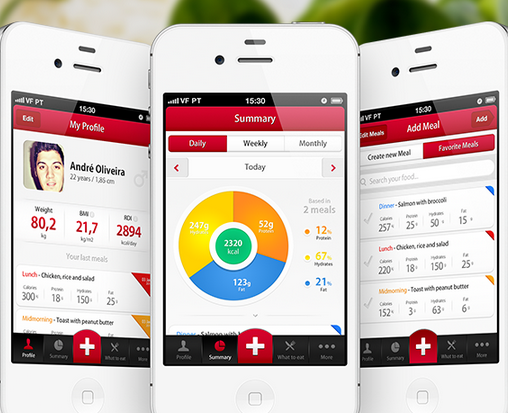Top ten tips on hiring an app designer
 This is a guest post from Ainsley of App Design Vault – the best source of high quality iPhone and iOS app UI design templates.
This is a guest post from Ainsley of App Design Vault – the best source of high quality iPhone and iOS app UI design templates.
They have never been more popular – the volume of apps being produced is expanding on a daily basis. You can’t hire just anyone to create an app for you. You will usually require a specialised app designer.
You may be thinking that designing an app looks pretty straight forward but there are many steps to consider. You’ll need to formulate a clear understanding of what you want your app to achieve and its target audience. The mobile user interface, screen, input and mobility should be considered when starting a project.
Every year more and more people are going into the app design industry which makes finding a suitably skilled designer much easier. In this article we’ll take a look at ten tips on hiring an app designer which you should keep in mind!
1. Portfolio
Developers will be keen to show you their list of prior work, or projects they have played a significant role in producing. The designer’s portfolio should include information about the various platforms they have have published on, whether it be the IOS App store, or the Google Play App Store for Android.
2. Previous Clients
In contrast to film and television media it can be difficult to determine who an app has been published by. In turn, communicating face to face with prospective developers can be a crucial way to make sure those you are considering are who they say they are, and hold the skills necessary to carry out your project effectively and on time. Discussion of their capabilities and previous work will enable you to gain an overall picture of the suitability of each of your prospective designers.
3. Experience
If your prospective developer is neither enthusiastic or experienced with the platform you wish to publish on, you can be assured that the end result will have many hitches. This will mean more money spent on patches, or even worse, having to pay another developer to produce it all from scratch again.
4. Money Revenue
Your developer should configure into your app areas in which to place advertising if your goal is to generate money on your app. Ways to achieve earning could include any of these four solutions:
- paying-per-download revenue model
- free app with integrated mobile display ads
- in-app purchases
- paid subscription service
5. Special Features
An out of the box app designed with unique and practical features shouldn’t be a boring app. You should go for fancy features like social media sharing, 3D capabilities or product coupons. Your chosen designer should be proficient in developing such features.
6. Communication
When hiring an app developer, communicating is an essential step. If your app idea is complex and requires many functions, hiring someone sight unseen over the internet may prove to be a downfall. Instead find someone local you can talk to face to face so they understand the ins and outs of your app.
7. Copyright
Before the actual hiring of someone’s services, you and your developer should sign a written copyright assignment. This will ensure that you will own the finished app.
8. Testing
You don’t want to publish your app with bugs and glitches. Testing of the finished product is a very important step you shouldn’t miss. The best way to test your app is by running it on a smartphone. The developer should thoroughly examine the app so as to find the source of any errors and fix the issues.
9. Submit to App Stores
App submissions are usually a long drawn out process, containing many steps. Your developer should be able to complete this task for you and submit your app for approval themselves. This step should be fairly straight foward for developers, as it is part of their brief and expertise to know how to navigate successfully through the process.
10. Payment
When hiring your app designer, you should never assume when it comes to payment. Always check if you are being charged an hour by hour or flat fee, with a flat fee usually preferable so there are no nasty surprises. An arrangement of graduated payments at progressive stages of development is recommended. The more complicated your app gets (more features etc), the more you’re likely to pay. Basic apps can start anywhere between $1,000 – $5,000.
This is a guest post from Ainsley of App Design Vault – the best source of high quality iPhone and iOS app UI design templates.





